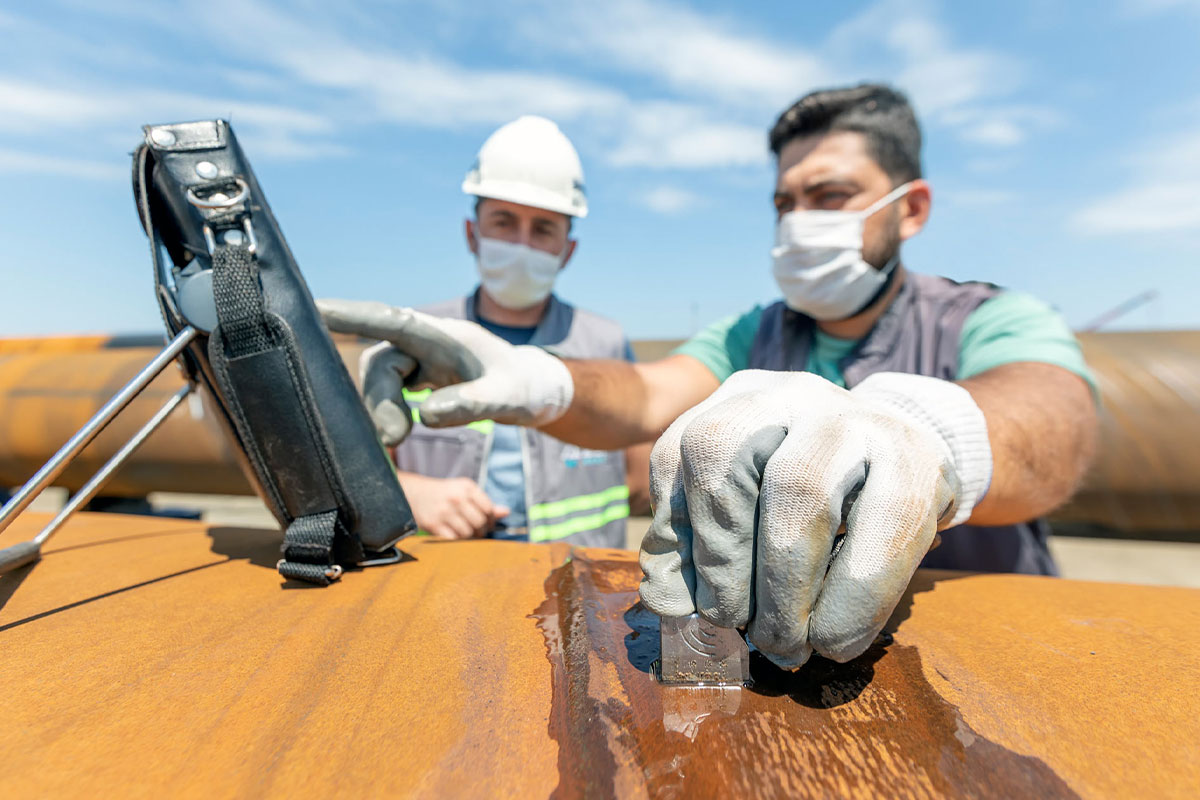


Testing and inspections are non-negotiable processes in industrial fabrication, ensuring equipment is safe, reliable, and compliant with stringent codes (like ASME). This quality assurance framework validates material integrity, dimensional accuracy, and, most critically, weld quality.
Inspections are not a single event but a continuous process. They begin before fabrication, with material verification (checking mill certificates) and dimensional checks of raw materials. During fabrication, inspectors perform Visual Testing (VT) on weld fit-ups and completed welds to check for surface defects.
The core of inspection lies in Non-Destructive Testing (NDT), a suite of methods used to find hidden flaws without damaging the equipment. Common NDT techniques include:
Uses X-rays or gamma rays to create an image of the weld's internal structure, revealing issues like porosity or inclusions
Employs high-frequency sound waves that bounce off internal discontinuities, allowing operators to detect and size deep cracks.
These methods are highly effective at revealing tiny surface-breaking cracks that are invisible to the naked eye.
Finally, after assembly, equipment like pressure vessels undergoes a hydrostatic test. The vessel is filled with water and pressurized to a level significantly higher than its operating pressure (e.g., 1.5 times). This test is the ultimate proof of strength and leak tightness, certifying the equipment is safe for service.